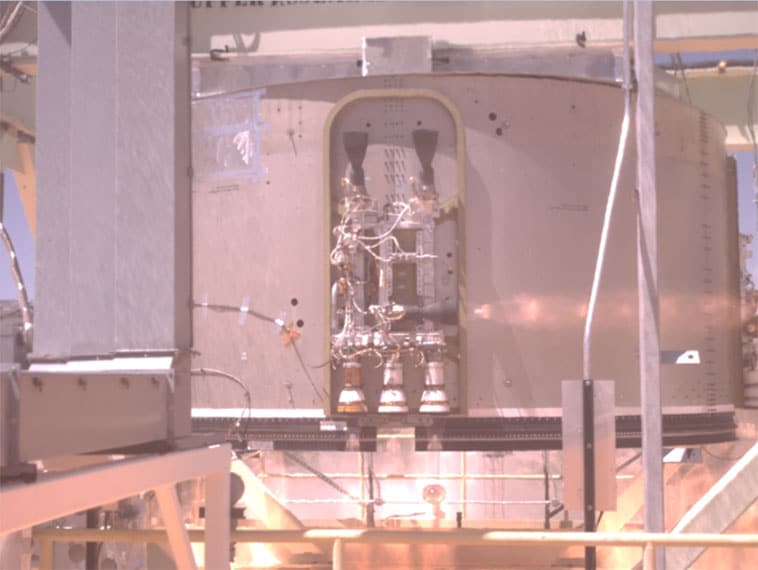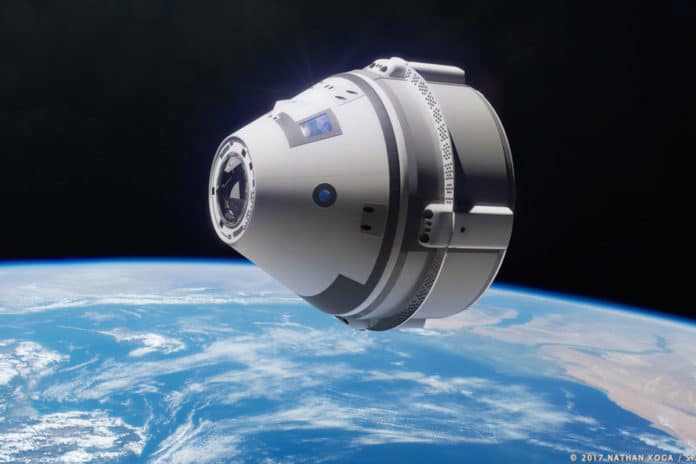On Thursday, at NASA’s White Sands Test Facility in New Mexico, Boeing has completed ground testing of the thrusters for its CST-100 Starliner commercial crew vehicle. Teams ran multiple tests on Starliner’s in-space maneuvering system and the spacecraft’s launch abort system.
Boeing said in a statement that it tested the spacecraft’s entire propulsion system, including various thrusters, fuel tanks, and related systems within a “flight-like” service module of the spacecraft. The company says the tests were all successful. The successful trials now open the way to full abort testing and the first unmanned orbital flight.
The purpose of this test was to simulate conditions that the craft will meet in orbital flight. It included the firing of 19 thrusters to simulate in-space maneuvering, 12 to simulate a high-altitude abort, and the firing of all 22 thruster elements to simulate a low-altitude abort.

“With the safety of our astronauts at the forefront of all we do, this successful testing proves this system will work correctly and keep Starliner and the crew safe through all phases of flight,” said John Mulholland, vice president, and program manager of Boeing’s Commercial Crew Program. “The milestone paves the way for the upcoming pad abort test and flights to and from the International Space Station later this year.”
About Boeing CST-100 Starliner crew capsule:
The Starliner crew transportation spacecraft is being developed in collaboration with NASA’s Commercial Crew Programme. Boeing describes it as ‘a 21st Century Space Capsule’, which is designed to accommodate seven passengers, or a mix of crew and cargo, for missions to low-Earth orbit.
Designed for NASA service missions to the International Space Station, it will carry up to four NASA-sponsored crew members and time-critical scientific research. The spacecraft has an innovative, weldless structure and is reusable up to 10 times with six-month turnaround time. It also features wireless internet and tablet technology.
A crewed flight test, carrying two NASA astronauts and Boeing test pilot Chris Ferguson, is scheduled for late this year.
